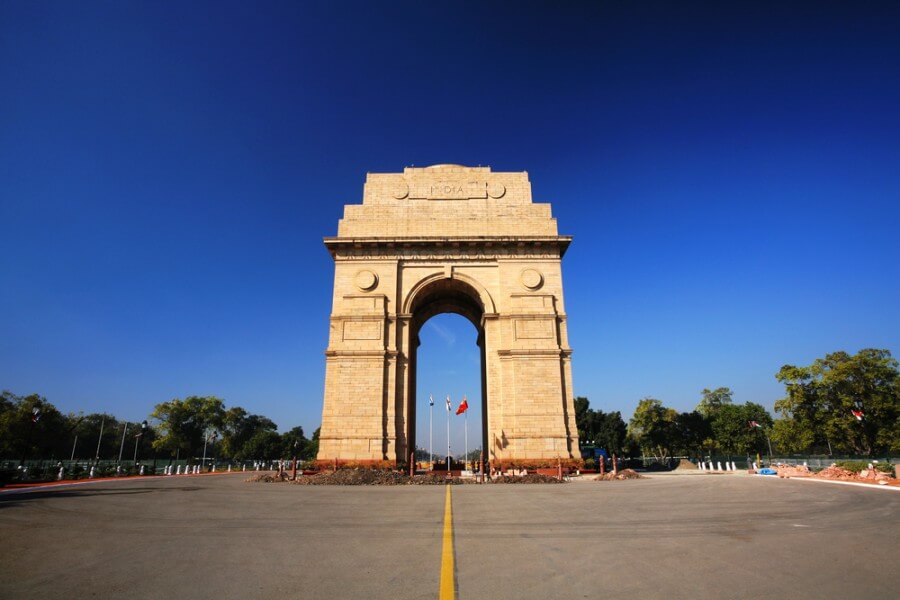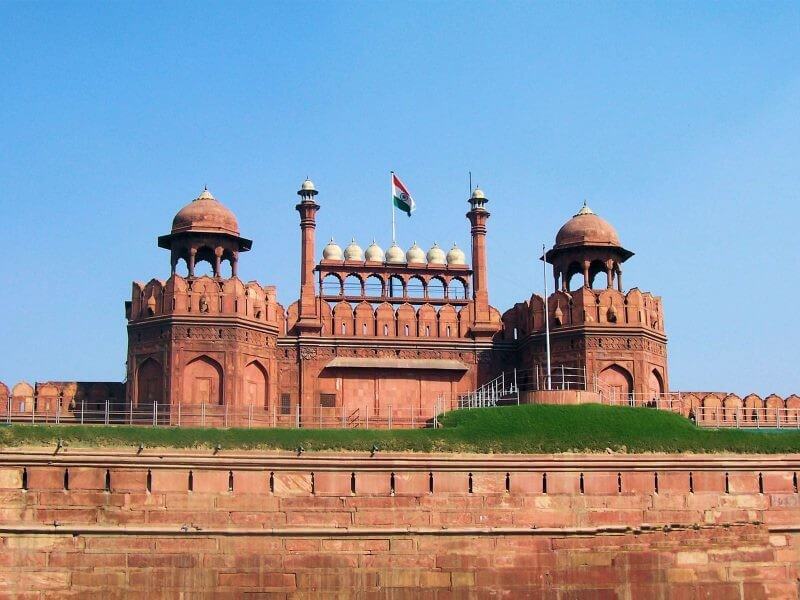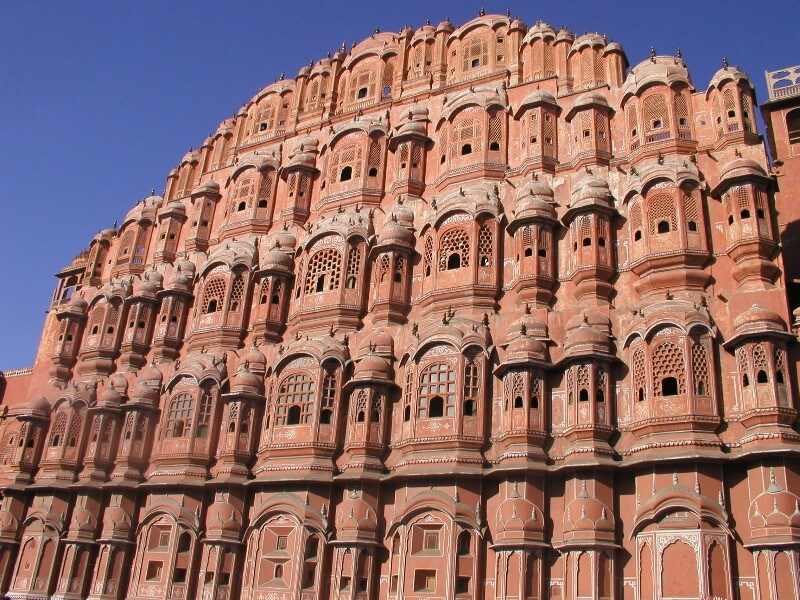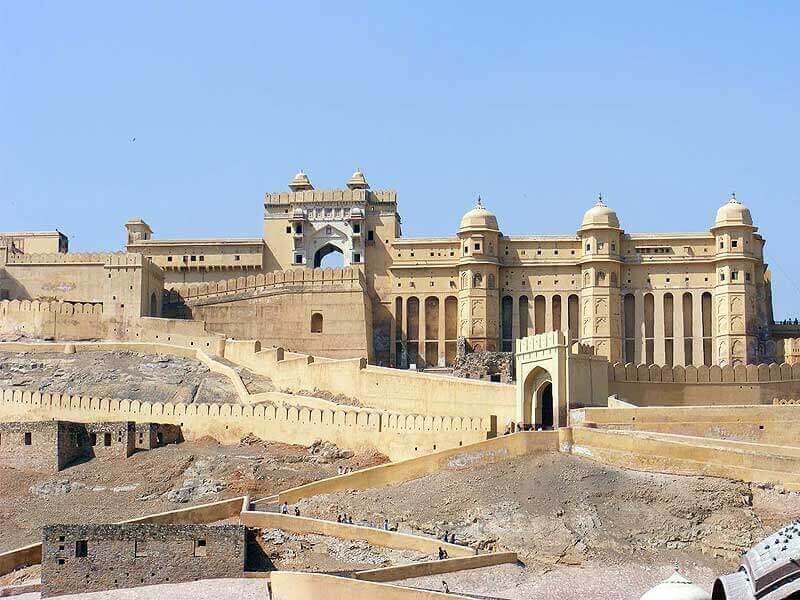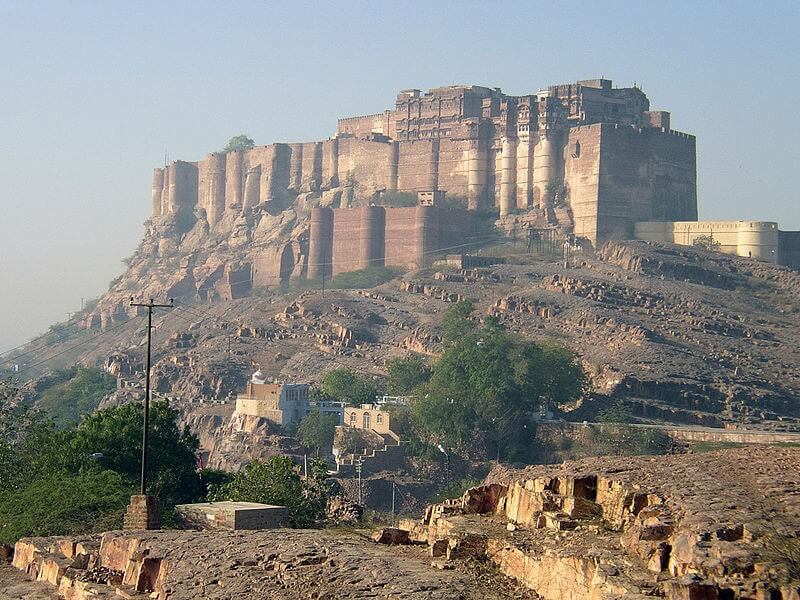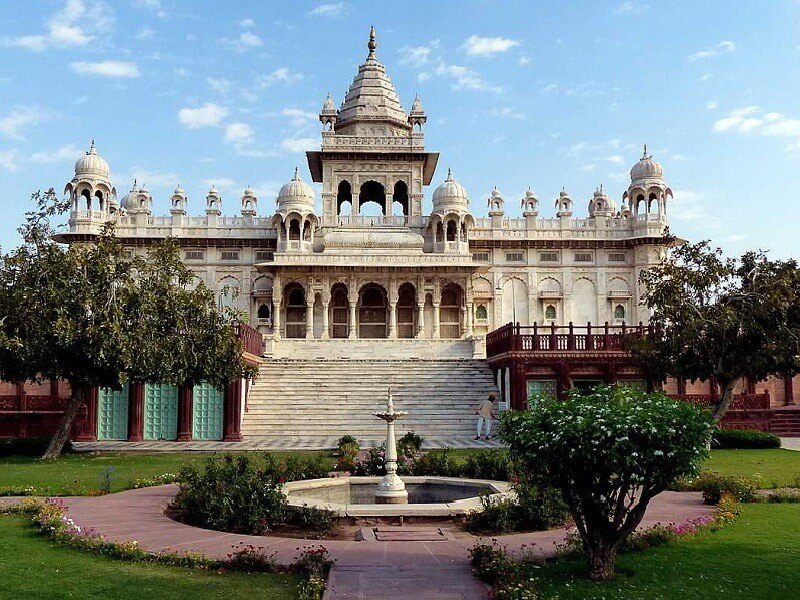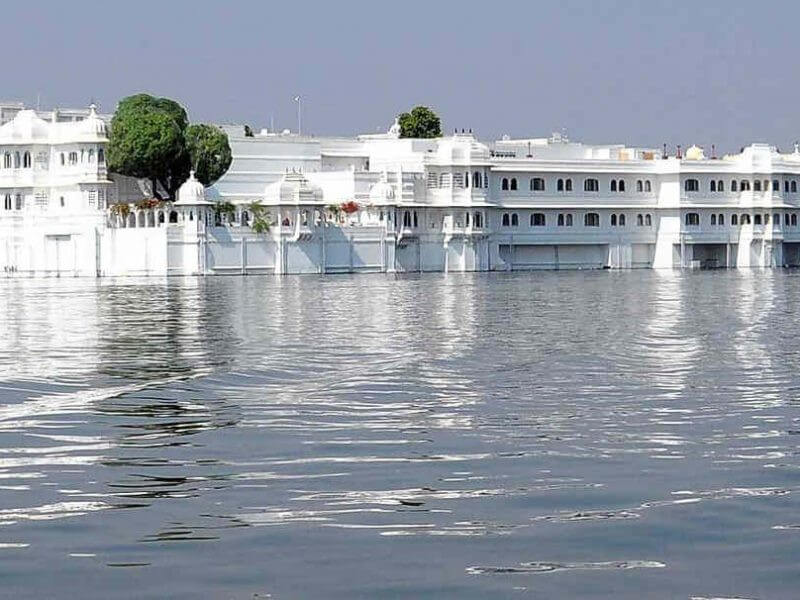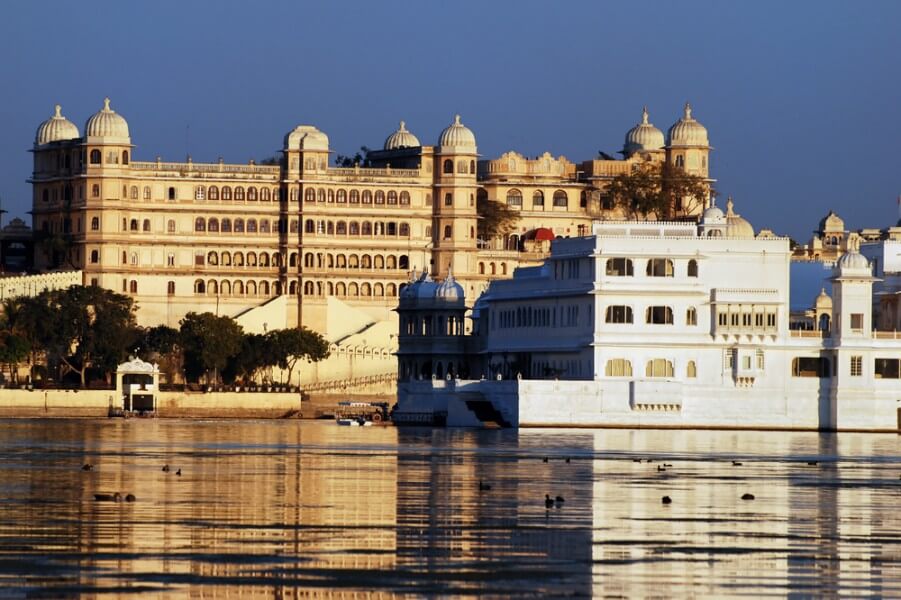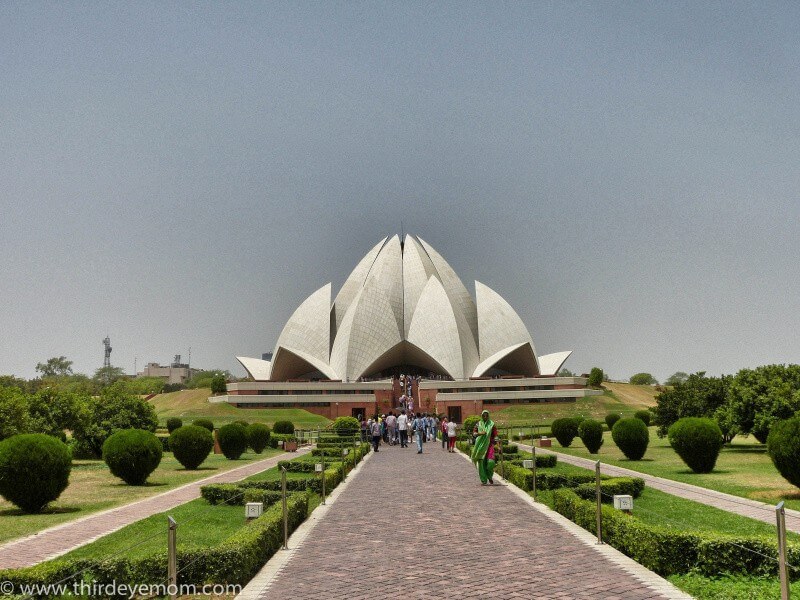After breakfast, you will be picked up from your hotel and taken for a guided sightseeing tour of Old & New Delhi. Tour includes visits to the following places of interest:
Red Fort: The term Red Fort is taken from a Hindi word Lal, which means red and Quila which means fort. The structure of the
Red Fort is very uneven and it is placed in an octet shape along the Yamuna River. This fort is delimited by a wall of about 2.4 kms in perimeter and is constructed of red sandstone. In 1638, Shah Jahan started building this huge fort and it was completed in 1648. The fort has a Diwan-e-Am (Hall for public audience), a Rang Mahal (a water- cooled apartment of royal ladies) and a Pearl Mosque, which was constructed with white marble. Red fort has two hallways: a) The Delhi gate and b) The Lahori gate, and both this gates face the renowned Chandni Chowk.
Jama Masjid, India Classical Tour TravelJama Masjid: Jama Masjid is one of the country’s major mosques where hundreds and thousands of Muslims offer their prayers even today. Jama Masjid was constructed by Shah Jahan as an architectural extravaganza in 1658. The wonders of construction in Jama Masjid are seen in the long stretches of stairs and the hefty courtyard.
Chandni Chowk (Silver Street): Chandni Chowk is well-known for its flamboyant streets with the famous shopping spots of Old Delhi. It also has the country’s best known extensive market for textiles, electronic goods and watches. Entire Chandni Chowk was designed by Jahanara Begum, Shah Jahan’s beloved daughter and was then populated by the well-to-do families of that time. The famous Paranthawale Gali, known for its mouthwatering paranthas is also positioned in Chandni Chowk. The famous gold market, Dariba Kalan is also situated here.
Raj Ghat : An elementary square platform of black marble on the banks of Yamuna River, symbolizes the spot where Mahatma Gandhi was cremated followed by his assassination in 1948. A dedicatory ritual takes place each Friday, in his memory.
Birla Mandir: Birla Mandir is a major prayer site and comprises of idols of numerous divinities. It is situated close to Connaught Place. Birla Mandir was constructed in 1938, by an industrial Raja Baldev Birla.
India Gate: India Gate is a free standing, 42 metre high arch. It was built in 1931 and was formerly called the All India War Memorial in the memory of the 90,000 soldiers of the Indian Army who died in World War I. The names of the warriors are engraved all along the walls of the arch. The eternal flame was lit here to honor the Amar Jawan (Immortal Soldier), in 1971.
Rashtrapati Bhavan (President’s House): Rashtrapati Bhavan is the authorized residence of the President of the country. It was designed by Lutyens, and was the official residence of the Viceroy when the British ruled India.
Humayun’s Tomb: Nine years after the death of Humayun, Haji Begum (widow of Humayun) built this tomb in 1565-66 in his memory.
Qutub Minar, India Classical Tour TravelQutub Minar: This outstanding building in the Southern part of the capital was built by the Muslim King; Qutab–ud–din Aibak in 1199 A.D. The Minar (tower) is 72.5 meters tall and its base is a mosque.
Bahai’s Temple: It is a very new architectural marvel of the Bahai cult. This temple is visible from quite a lot of spots in South Delhi. This temple is moulded in the shape of a lotus and has precisely been given the name.
Overnight stay in Delhi.
Read more

